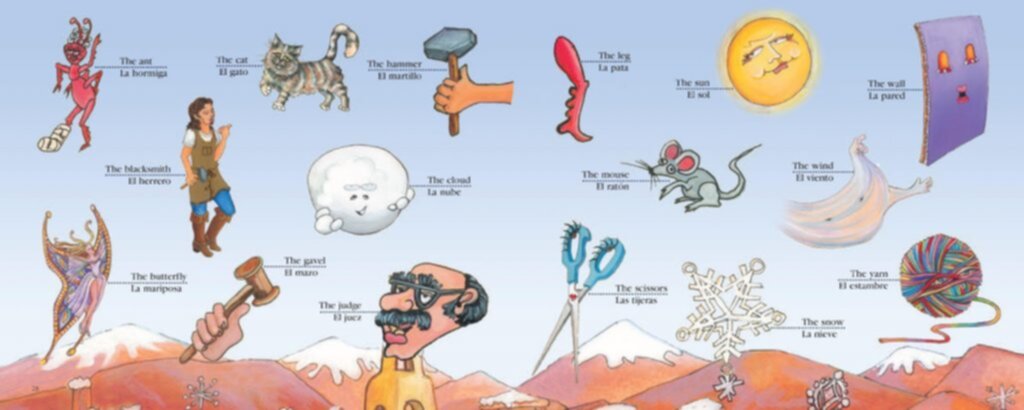
The concept of biliteracy can be described as the ability to proficiently read and write in two languages. In order to be considered a biliterate, people must demonstrate that they are fluent in reading, writing, listening, and speaking in both languages. Most typically, biliterate students already have said skills in their native language and are acquiring a second language. Typically, in the US, Spanish is the native language of biliterates, with English being their second language. Read on to discover the latest research about biliteracy in the US.
Biliteracy is an emerging trend in the US. There is an estimated twenty to twenty five percent of biliterate individuals in the US. Consequently, the fastest growing student population in the US is English Language Learners. Since, the rise of this population in the US school system, many school districts are beginning to embrace biliteracy instruction. Research shows that there are measurable benefits for biliterate students. It is believed that biliterate individuals have better attention spans, stronger brains, and have higher task-switching capacities. Research demonstrates that biliteracy development and instruction should begin at the earliest age possible. Children are naturally inquisitive, and they are more receptive to learning new languages.
Studies have found that biliteracy supports culture and social interactions by building a sense of community. Additionally, The Seal of Biliteracy is a program that grants high-school graduates with an award that they have completed a rigorous, five-year standards-based education program, as well as demonstrating mastery of speaking, reading, writing, and listening skills in both English and Spanish. Furthermore, organizations such as The Latino Literacy Project work in tandem with school districts and parents of English learners to encourage and strengthen the skills of biliterate students.
